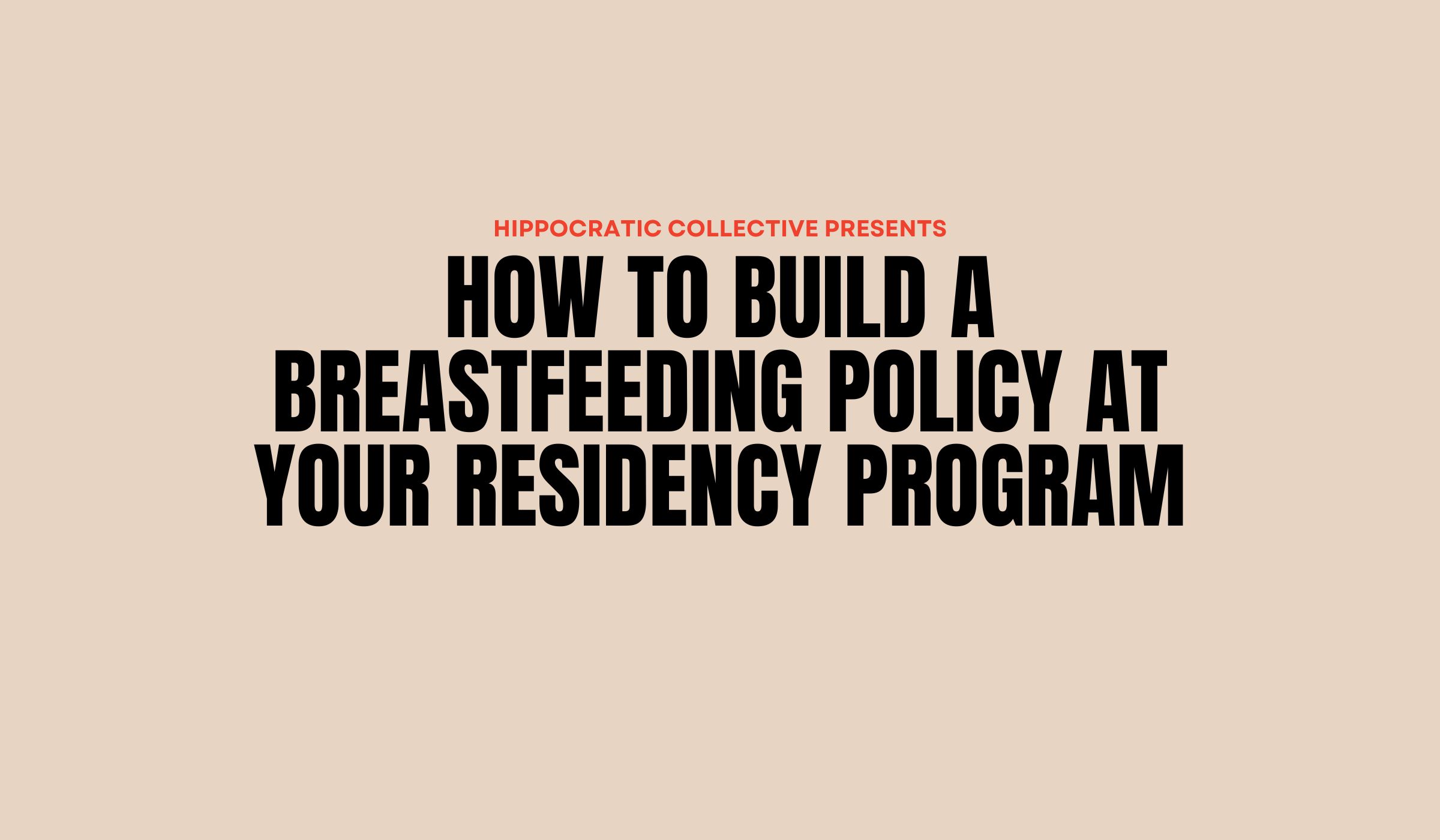MUSIC WAS HIS WORLD. THEN SILENCE REVEALED A NEW ONE.
Sound of Metal (2019), written and directed by Darius Marder, follows Ruben (Riz Ahmed), a heavy metal drummer whose life is upended by sudden hearing loss. When his hearing loss threatens to destabilize his recovery from substance use, he enters a Deaf sober living community, where he is asked to confront not only the loss of sound, but the unraveling of identity, control, and connection. The film was widely praised for its immersive sound design, intense performances, and emotionally resonant story.
Within the Deaf community, reactions were mixed. Some viewers recognized moments of authenticity and resonance in Ruben’s journey. Others criticized the film for flattening the complexity of Deaf culture and promoting misleading narratives particularly regarding cochlear implants and Deaf belonging. Deaf reviewer Ahmed Khalifa, writing on his blog Hear Me Out, praised the film’s careful attention to closed captions and its portrayal of Deaf experiences. Jen Leora, writing for Sound for Light, examined the film’s suggestion that pursuing a cochlear implant amounts to a betrayal of Deaf identity. In the narrative, Ruben is told that getting an implant means he will no longer be welcome in the Deaf sober living community, a dramatized message that doesn’t reflect the broader stance of the Deaf community.
Still, this narrative tension reveals a common fear among able-bodied individuals: that should they acquire a disability, they will be outsiders. While critiques of the medicalization of deafness are valid, the suggestion that Deaf communities uniformly reject individuals with implants is inaccurate and risks alienating those beginning to explore Deaf identity.
Despite these missteps, the film captures emotionally truthful moments that reflect the lived experience of acquired disability. Ruben’s grief, disorientation, and desire for control mirror the early stages of adjustment many people face after a life-altering diagnosis. As someone who works with individuals navigating newly acquired disabilities, I often witness this liminal state - no longer who they were, not yet certain of who they’re becoming. Sound of Metal portrays this space with emotional clarity. But it's important to note that this portrayal is shaped by hearing, able-bodied creators imagining that process, not directly living it.
The production did make efforts to engage Deaf cultural consultants. Jeremy Lee Stone, initially hired as an ASL instructor, became a key advisor and worked closely with actors and the director to support authentic portrayals. These contributions lend the film moments of integrity. Still, as the Los Angeles Times noted, representation at the level of consultation doesn’t necessarily shift the structural lens. Deaf collaborators helped shape performances, not the overarching narrative. And the narrative still centers able-bodied assumptions about the Deaf community and its relationship to loss and recovery.
The film’s emotional through line is Ruben’s attempt to reclaim his life as it was. His hearing loss destabilizes not just his music career, but his recovery and relationship. His decision to pursue a cochlear implant is presented as a bid for restoration. A symbol of hope that life might return to normal. This reflects a familiar cultural script: that medical devices or treatments can “fix” disability and restore former identities. But this mindset can obscure opportunities for adaptation and growth in the present.
The film’s conclusion gestures toward a shift. In the final scene, Ruben removes the implant processor and sits in silence in a moment that suggests resignation, or perhaps acceptance. He begins to see that the implant isn’t a fix-all, and that peace may not come from external restoration. His realization that adaptation involves integration, not return is powerful. Yet the film undercuts it by framing Ruben’s insight as dependent on rejecting the implant altogether. The emotional resolution hinges on the device’s failure, not his internal evolution. This binary choice to either assimilate into the hearing world or embrace Deafness misses the complexity of how people navigate acquired disabilities in real life.
Ruben’s struggle isn’t just about hearing. It’s about grief, identity, and his longing to undo what cannot be undone. He begins to find meaning and connection in the Deaf community, but can’t fully embrace it while chasing the illusion of normalcy. Only after attempting to return to his old life, implanted but ultimately disconnected, does he realize what he left behind. The final scene marks not just a reckoning with sound, but with what he was unable to see: that a different, meaningful life was already forming.
As healthcare professionals, particularly those who are able-bodied, we can inadvertently reinforce the “fix-it” mindset. The idea that disability is solely a medical problem to be solved rather than a state to be integrated as an aspect of identity. We often accompany patients in the raw early stages of adjustment, when they want answers, cures, and a return to “before.” In these moments, our role is not to amplify unrealistic expectations or hide the truth, but to help set honest ones: adjustment is nonlinear, meaning emerges over time, and the way forward is rarely the way back.
Peer support and community-based organizations play a critical role here. They offer belonging, cultural context, and lived wisdom. Most importantly, they help people understand that building a meaningful life does not require separating from others like them in order to assimilate into the dominant culture. Sound of Metal hints at this truth but it also reveals how far we still have to go in telling these stories through the perceptions of those who live them.

.jpg)
.jpg)

.jpg)